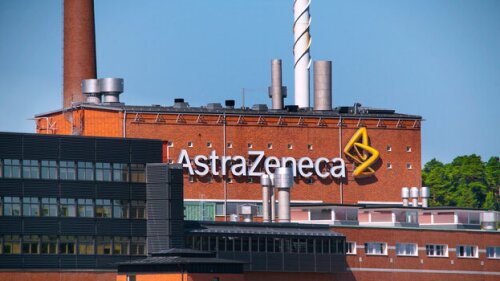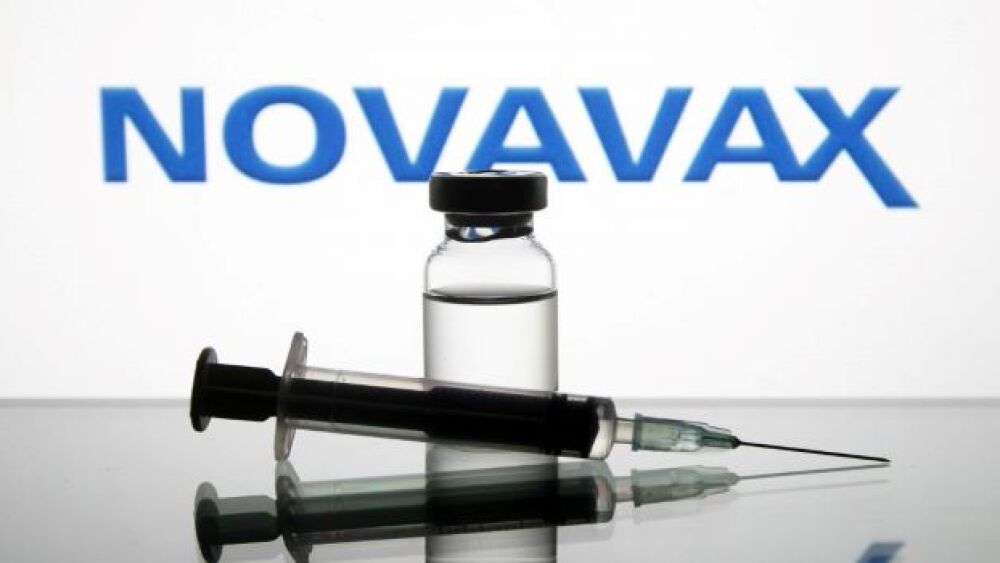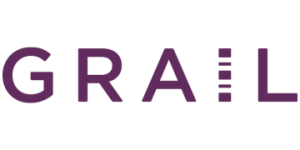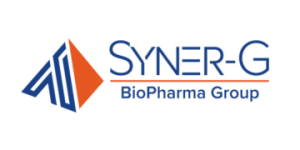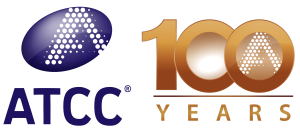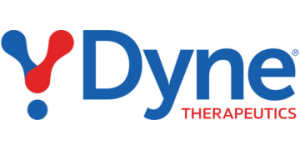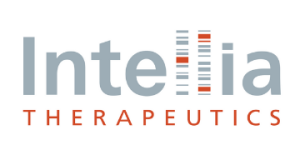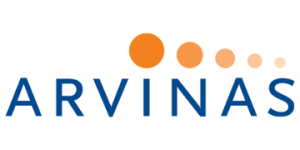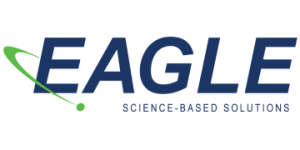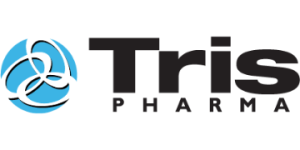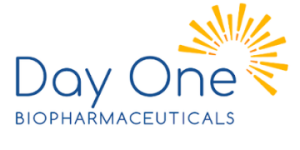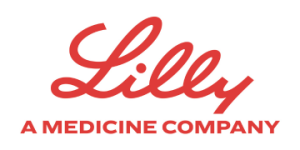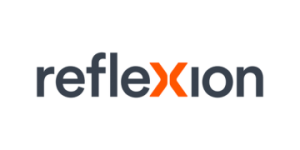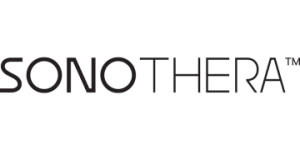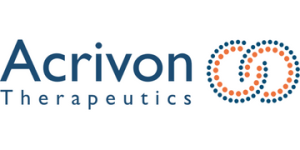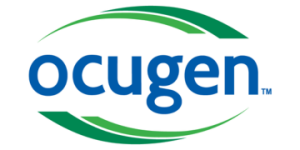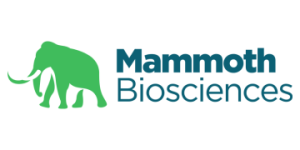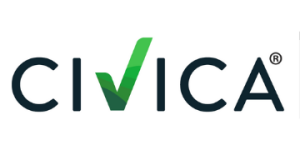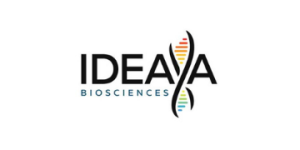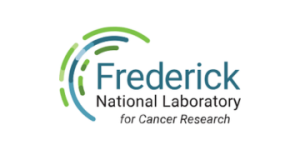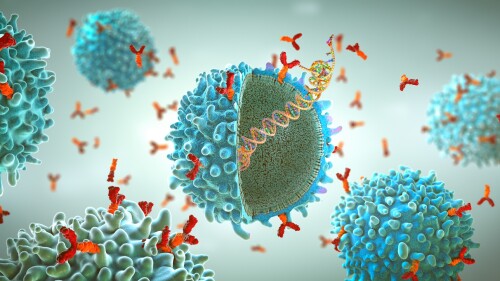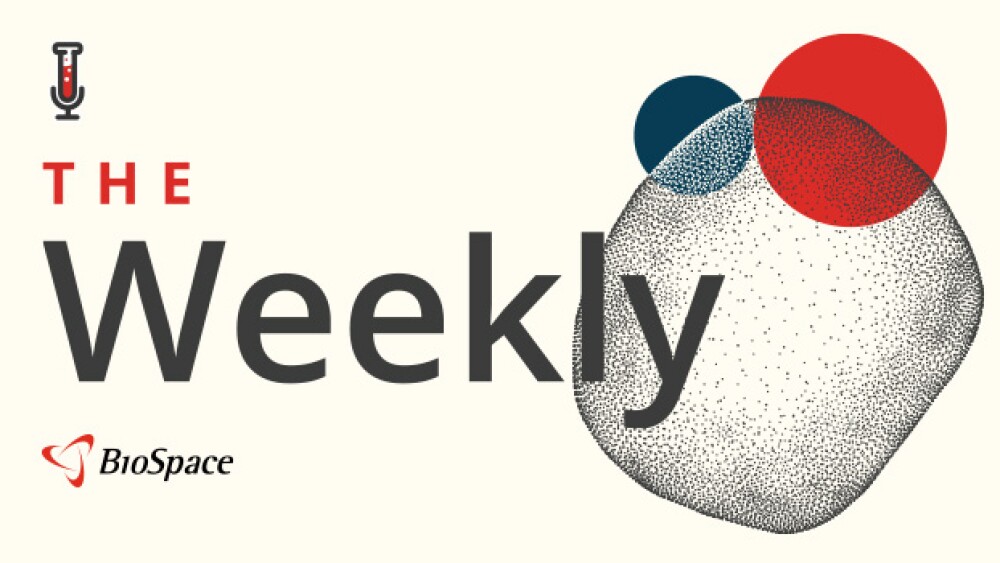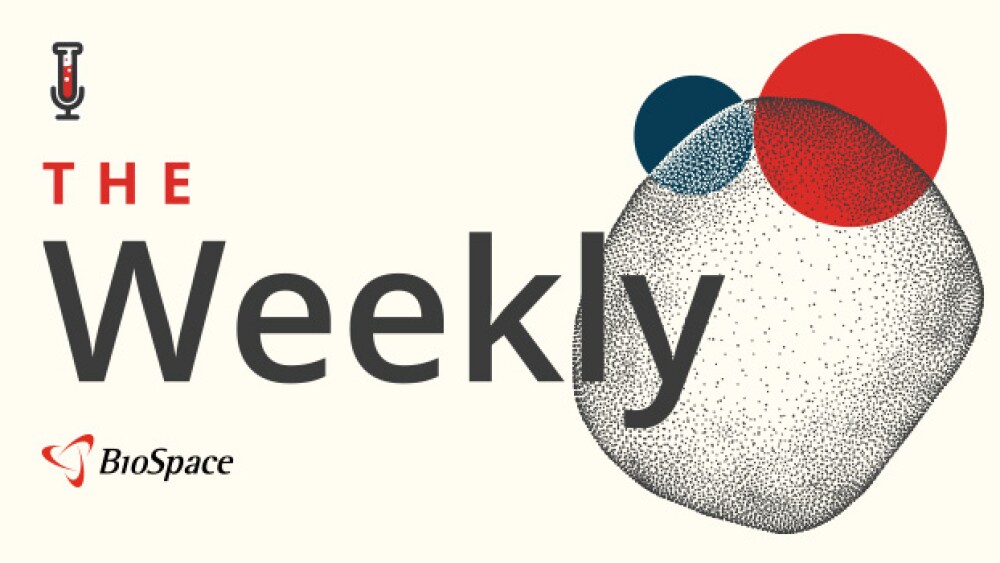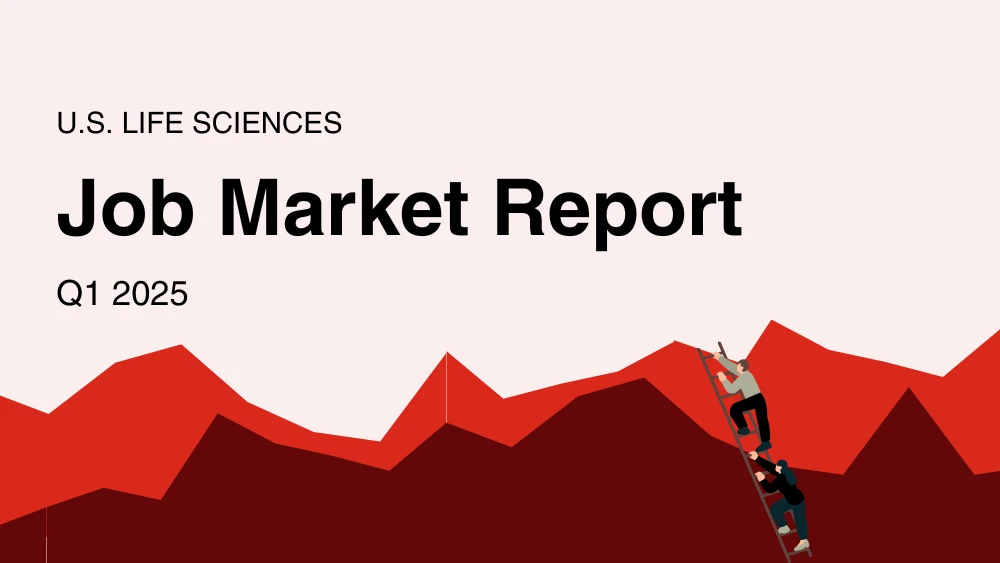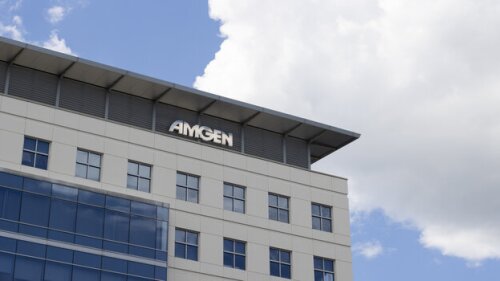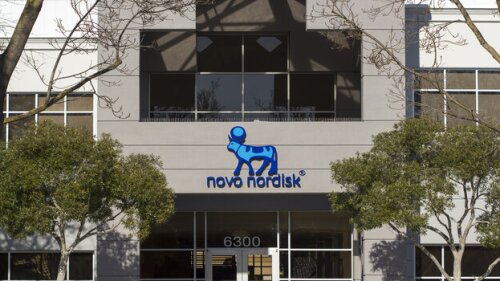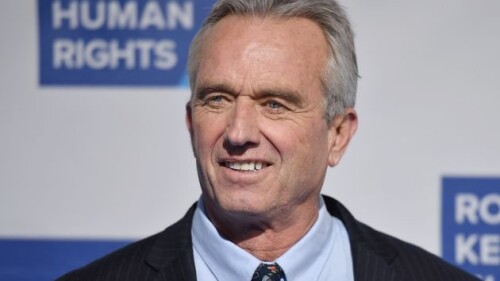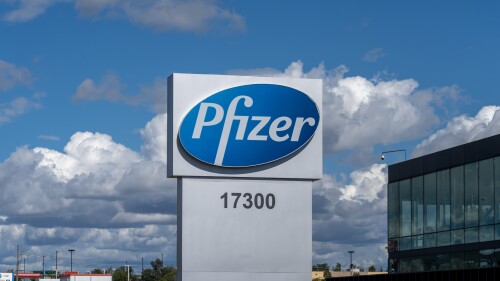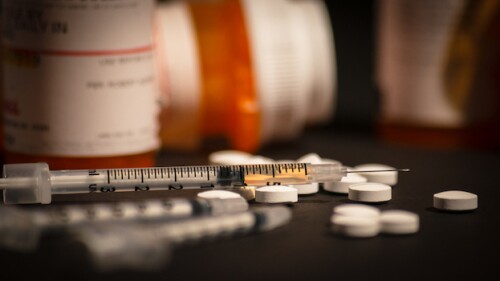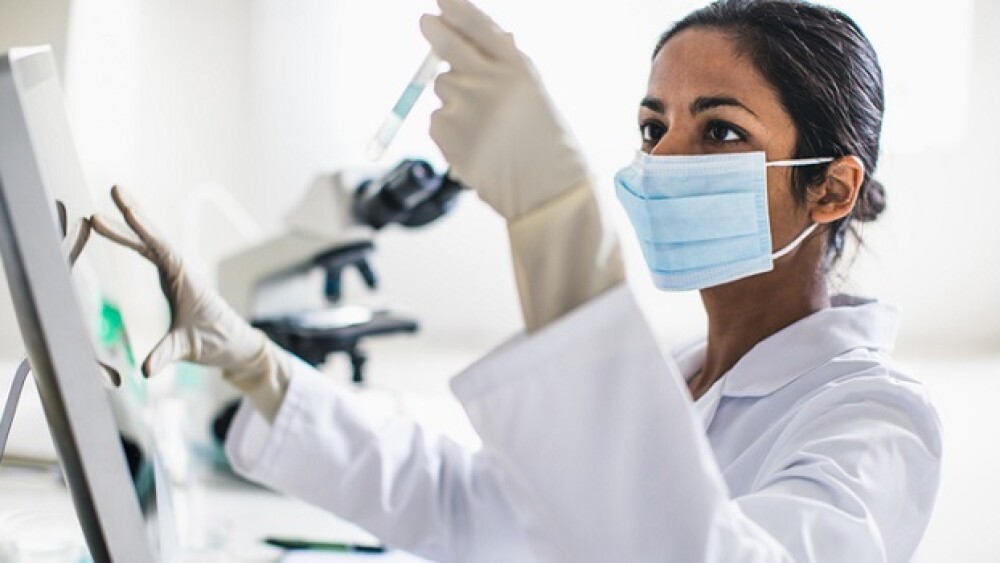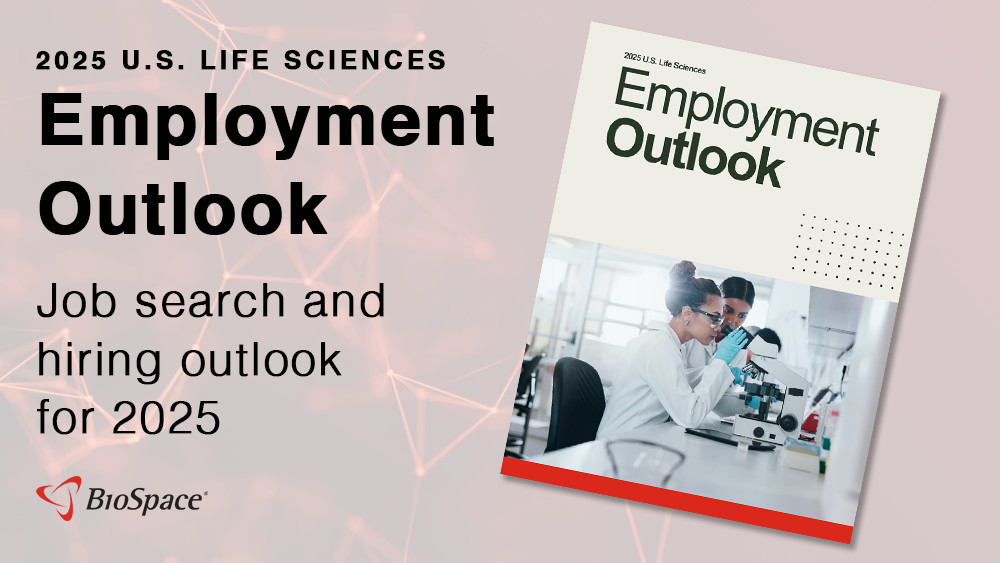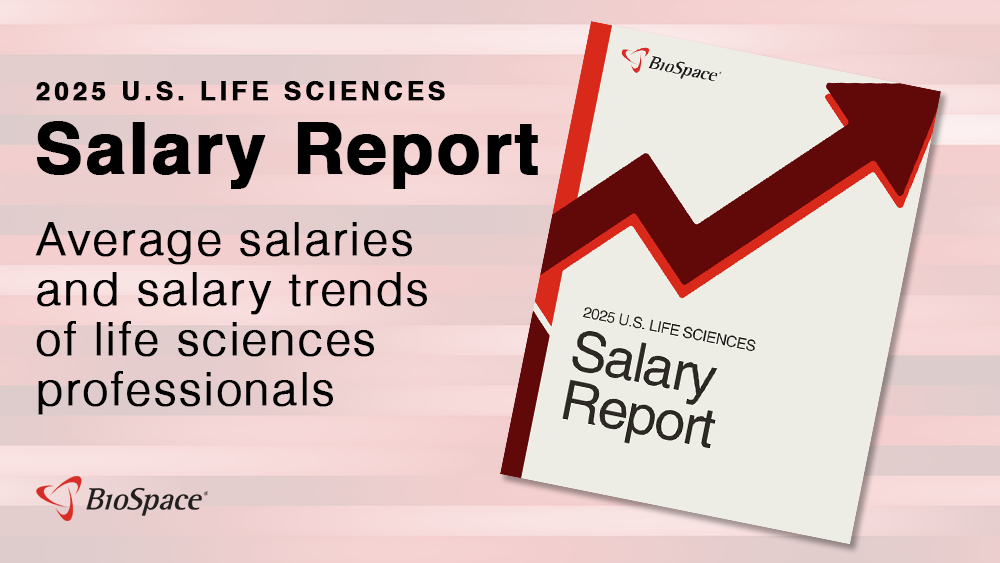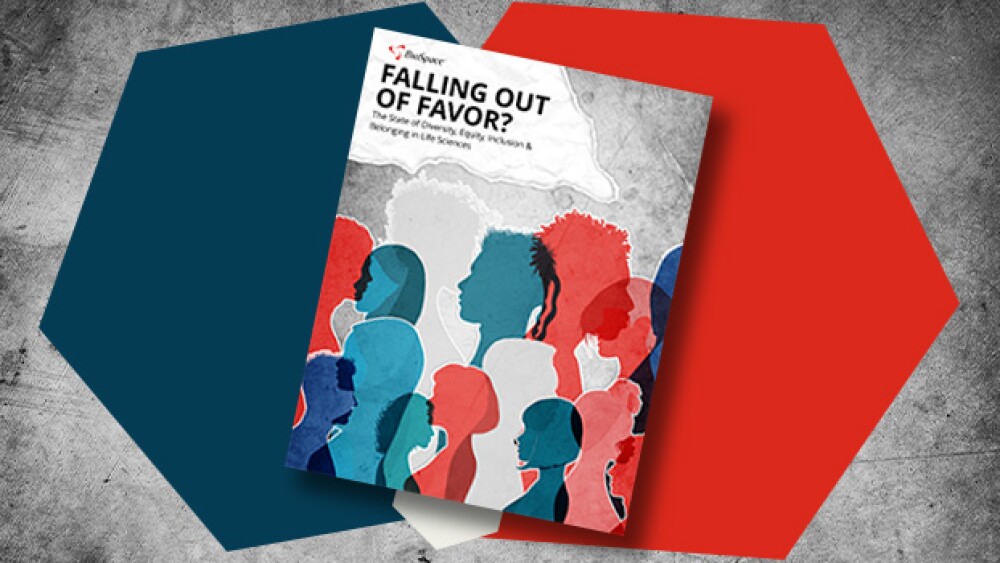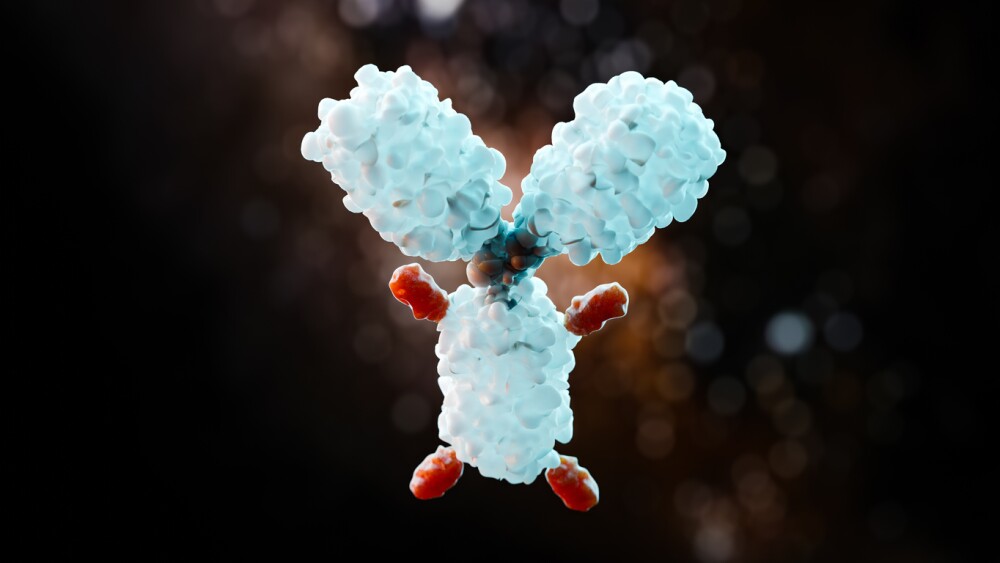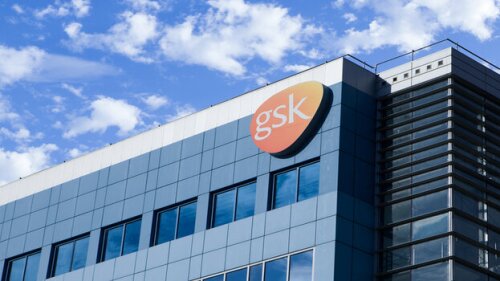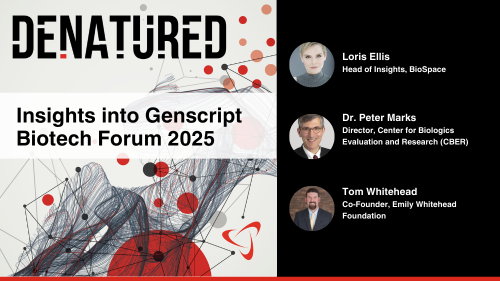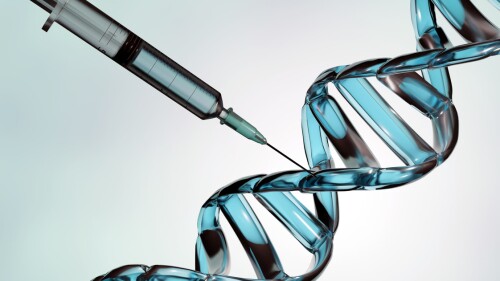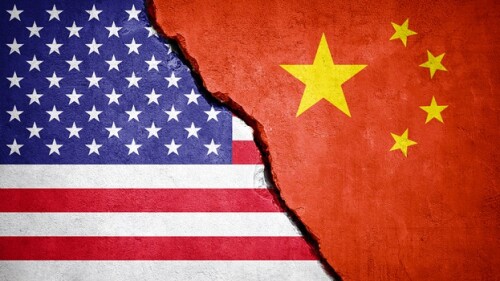Following the recent discontinuations of assets in Alzheimer’s and migraine, AstraZeneca is stepping away from neuro altogether.
While Vaxart can proceed with its study, fellow COVID-19 vaccine developers GeoVax and Novavax continue to be hamstrung by various regulatory roadblocks.
Biohaven will use the money to bankroll commercial preparations for the spinocerebellar ataxia drug candidate troriluzole, which is currently under FDA review with a decision expected in the third quarter.
The company’s $3 billion in earnings for the first quarter missed on both top and bottom line, according to BMO Capital Markets. Adding insult to injury, the FDA declined to approve a prefilled syringe of its ophthalmology cornerstone.
Pfizer’s R&D organization has been in flux for almost two years now, since the $43 billion acquisition of ADC specialist Seagen. The new cuts were revealed in the company’s Q1 earnings report.
Spruce Biosciences is cutting over half of its employees as it looks to secure accelerated approval of a Sanfilippo syndrome therapy it recently acquired from BioMarin.
FEATURED STORIES
As we reflect on five years of COVID-19, it’s clear that the impacts are still unfolding. The life sciences—and we as individuals—will never be the same again.
While drug developers work to mitigate the side effects associated with GLP-1–based obesity drugs, recent studies reveal that myriad variables are causing patients to stop treatment.
As sales of its COVID vaccine plummet, Novavax is looking ahead toward other novel vaccines, brought to market with the help of the company’s pharma partners—something it opted not to do as the pandemic swept the globe in 2020.
FROM BIOSPACE INSIGHTS
In a year when eradicated diseases are on the uptick in America, how will American children survive RFK Jr.’s vaccine scrutiny and inconsistency? Two experts call on pharma and regulatory bodies to rebuild trust.
LATEST PODCASTS
Second-quarter earnings season continues with Big Pharma beating Wall Street expectations, the author of an encrypted email sent to BioSpace has a proposal for Moderna and Merck, Roche and Viking seek quicker entry to the obesity market, and AAIC is in full swing.
Despite early 2024 optimism, BioSpace’s Job Market Trends report outlines a still sluggish situation in the biopharma industry, Novartis and J&J announce Q2 earnings, GLP-1 market leaders expand into China and the Cassava Sciences saga continues.
This is the third episode of Denatured’s discussion on diversity, equity and inclusion. Here, our guests discuss imperatives around access and accountability.
Job Trends
Securing top talent in research and development and manufacturing will remain challenging for life sciences companies in 2024, according to a new report by CBRE.
Subscribe to Genepool
Subscribe to BioSpace’s flagship publication including top headlines, special editions and life sciences’ most important breaking news
SPECIAL EDITIONS
A new generation of checkpoint inhibitors is emerging, with some showing more promise than others. From recent TIGIT failures to high-potential targets like VEGF, BioSpace explores what’s on the horizon in immuno-oncology.
Peter Marks, the venerable head of the FDA’s Center for Biologics Evaluation and Research, has been forced out. In this special edition of BioPharm Executive, BioSpace takes a deep dive into the instability of the HHS.
Year-over-year BioSpace data show biopharma professionals faced increased competition for fewer employment opportunities during the first quarter of 2025.
DEALS
-
Belgium-based biopharma UCB is selling its Chinese neurology and allergy business to Singapore asset management firm CBC Group and Abu Dhabi investment company Mubadala.
-
Venture capital in the sector hit $9.2 billion in the second quarter of 2024, up from $7.4 billion in Q1, while exits fell on a slower M&A cycle and picky IPO market.
-
M&A activity surges and IPOs return as the biotech industry navigates a changing business landscape marked by strategic consolidation and renewed investor focus on innovation.
-
The Connecticut-based biotech, which emerged from stealth last year, has secured $202 million to date as it looks to move two assets targeting prostate and breast cancer into the clinic.
-
Armed with a combined $850 million in cash, the companies said Thursday the resulting biotech will have a pipeline that could deliver 10 clinical readouts over the next 18 months.
WEIGHT LOSS
-
Cantor Fitzgerald analyst Olivia Brayer found supplementary bone mineral density data for Amgen’s obesity candidate MariTide that could point to a potentially greater fracture risk than previously revealed, but some other analysts view the findings as a nonissue.
-
With Novo Holdings’ $16.5 billion buyout of Catalent being reviewed by regulators, what work the contract drug manufacturer may or may not be performing for Eli Lilly remains a point of contention.
-
Novo said supply of Wegovy and Ozempic is in good shape after the drugs were removed from the FDA’s shortage list last week. But Eli Lilly reported slower than expected sales in the third quarter due to wholesaler destocking.
-
Novo Nordisk’s total revenue in the third quarter missed analysts’ expectations but sales of weight loss drug Wegovy exceeded the consensus forecast. Still, the Danish drugmaker narrowed its full-year guidance for revenue and operating profit.
-
While expected and seen as largely incremental, Jefferies analyst Peter Welford in a Tuesday note to investors said the detailed data for three early-stage assets support moving them into Phase IIb studies and creates a “foothold” for AstraZeneca in the weight loss space.
POLICY
-
Donald Trump continues to make waves in biopharma; Sage rejects Biogen’s unsolicited takeover offer; the obesity space sees more action with new company launches, IPOs and fresh data; and experts get ready for an important era in the Duchenne muscular dystrophy space.
-
Ahead of Robert F. Kennedy Jr.’s confirmation hearings, experts—and RFK’s own family—expressed concerns about his vaccine-related views, though the same experts are largely unfazed by the level of power he and Marty Makary could ultimately wield over the FDA.
-
From March 2020 through September 2022, Biohaven wielded meals at high-end restaurants and paid speaking opportunities to induce healthcare providers to prescribe its migraine therapy Nurtec ODT, according to the Department of Justice.
-
Less than a day into his second term, President Donald Trump ordered a freeze on communications at major public health agencies, among other moves that have sent waves through the biopharma industry.
-
The settlement is the largest deal to date with the people primarily who played an “instrumental role” in driving the opioid crisis, according to the office of Massachusetts Attorney General Andrea Joy Campbell.
A variation of rage quitting, rage applying is a method of job searching that occurs when someone applies for many new roles while still employed in their current position.
Some consider a candidate’s alma mater to be the most important factor in the hiring process. But how much does a life science candidate’s alma mater really matter? In short–it depends.
New York City employers who use Artificial Intelligence (AI) tools in hiring will soon be subject to new regulations requiring them to notify candidates when using the technology.
Now more than ever, there is ample opportunity for life science candidates with only a bachelor’s degree. Still, there are certain things these candidates should know to ensure their success.
Computer programming jobs in biopharma are on the rise, but candidates must have a specific skill set. To help, here are the best programming languages for those working in the life sciences.
Discover the benefits and challenges of relocating to a biopharma hot spot and find out the most important factors to consider when making your decision.
HOTBEDS
REPORTS
In this Employment Outlook report, BioSpace explores current workforce sentiment, job activity trends and the prospective job and hiring outlook for 2025, particularly as it compares to the previous year.
BioSpace’s third report on diversity, equity, inclusion and belonging in life sciences examines dramatic shifts in attitude around diversity initiatives.
CANCER
-
On the heels of an FDA approval for its monoclonal antibody Bizengri, Merus will generate three novel cancer-targeting antibodies that it will pass over to Biohaven to link into antibody drug-conjugates.
-
The first major deal of JPM 2025 will give GSK a promising small molecule drug for gastrointestinal stromal tumors.
-
An FDA committee’s September 2024 vote to limit the use of Merck’s Keytruda and BMS’ Opdivo in stomach and esophageal cancers based on PD-L1 expression levels reflects an emerging trend that leverages ever-maturing datasets.
-
In this short teaser, BioSpace’s Head of Insights Lori Ellis talks to CBER Director Peter Marks and Tom Whitehead, Co-Founder of the Emily Whitehead Foundation about anticipated discussions at the upcoming GenScript Biotech Forum.
-
Staff cuts will leave IGM Biosciences with 37 employees. The company is also halting development of two bispecific antibody T cell engagers for autoimmune diseases.
NEUROSCIENCE
-
While taldefgrobep alfa failed to show improved motor function in spinal muscular atrophy, treated patients saw a marked reduction in body fat. Biohaven plans to launch a Phase II trial in obesity by the end of the year.
-
Cassava Sciences has revealed the late-stage clinical failure of controversial Alzheimer’s drug simulfilam. The company had pledged to share the results whether “good, bad or ambiguous.”
-
Sage Therapeutics discontinued development of its lead candidate dalzanemdor after a third clinical failure, leading analysts to question the biotech’s future profitability.
-
After previously failing studies in Parkinson’s and Alzheimer’s, dalzanemdor’s latest stumble in Huntington’s disease has pushed Sage Therapeutics to pull the plug on the NMDA receptor modulator.
-
Trump fingers Robert F. Kennedy Jr. to lead the HHS, lupus and ATTR-CM dominate headlines this week, bluebird bio has a cash gap to leap and RegenxBio eyes Sarepta in Duchenne muscular dystrophy.
CELL AND GENE THERAPY
-
The pediatric patients, with a rare neurodegenerative disease, were treated with bluebird bio’s Skysona to slow the progression of neurologic dysfunction. Six patients developed myelodysplastic syndrome and one patient developed acute myeloid leukemia.
-
Large pharmaceutical companies were out in force at this week’s 2024 Cell & Gene Meeting on the Mesa, as they look to expand their presence in the industry.
-
Tim Hunt, CEO of the Alliance for Regenerative Medicine, said Monday at the 2024 Cell & Gene Meeting on the Mesa that investments reached $10.9 billion in the first half of this year—outpacing 2019’s $9.8 billion total—but far below the pandemic peak.
-
The Financial Times reported Thursday that WuXi AppTec is looking to sell its cell and gene therapy manufacturing unit, with facilities in Philadelphia, while WuXi Biologics wants to offload some of its production sites in Europe.
-
Stephen Majors from the Alliance for Regenerative Medicine, which hosts the conference, spoke with BioSpace about what the more than 2,000 attendees can expect to learn next week in Phoenix about the pressing issues confronting the industry.




